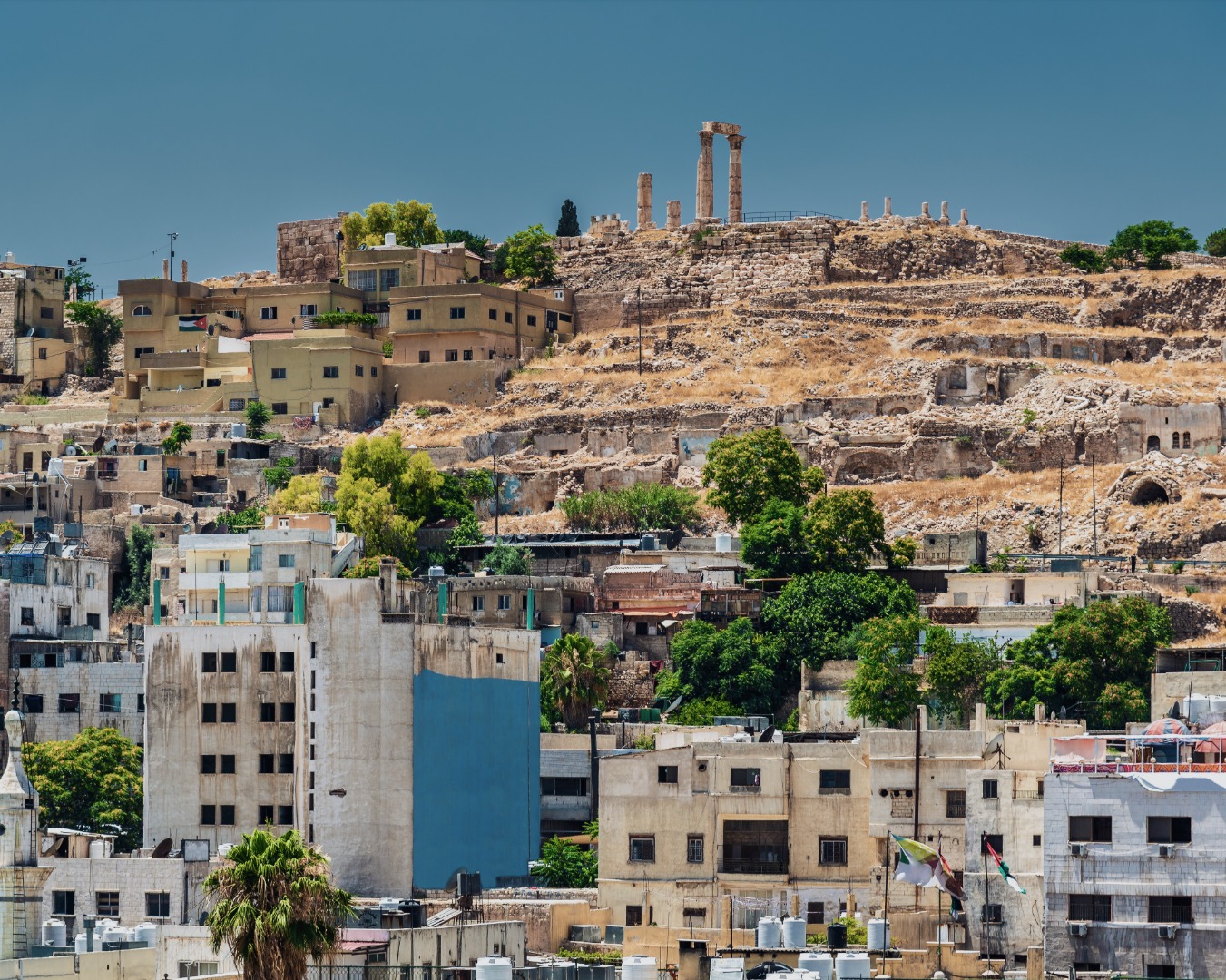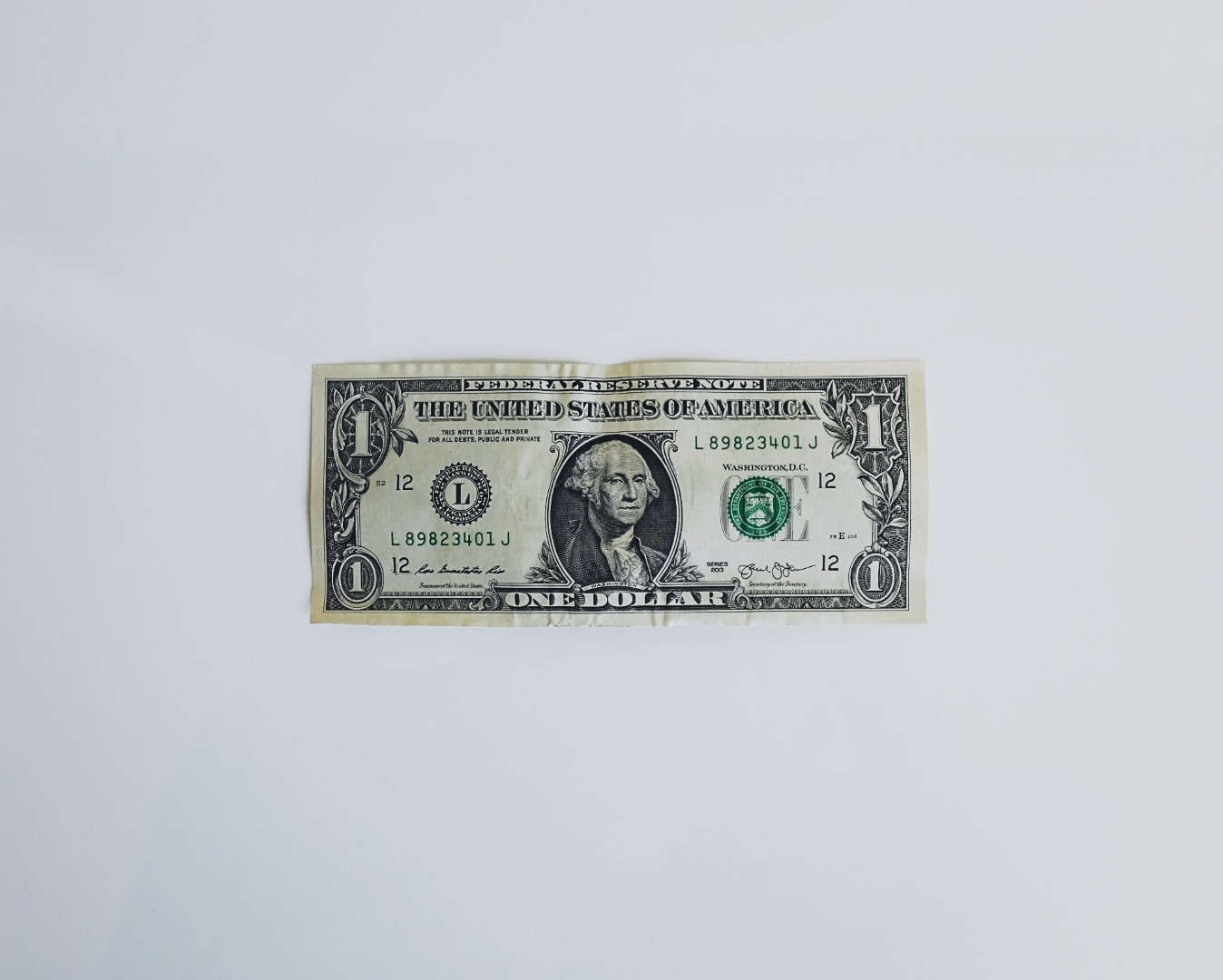Blog

Residential rental prices in Amman increased by an average of 1% in the fourth quarter of 2016, according to regional real estate consultant Asteco. This resulted in a 3% year-on-year (y-o-y) increase.
Areas with a higher concentration of high-end property had the largest gains, with Abdoun and Deir Ghbar both seeing a 6% year-on-year rise in the fourth quarter of 2016, while Sweifieh and Um Uthaina saw a 3% year-on-year increase. The city's most costly neighborhood, Abdoun, with an average annual rental fee of JD5500 ($7760) for a one-bedroom apartment and JD19,250 ($27,200) for a three-bedroom property. In Al Rabiah, rates were lower — average JD3500 ($4940) for a one-bedroom and JD10,750 ($15,100) for a three-bedroom. Meanwhile, the Sweifieh neighborhood came in at JD4250 ($6000) for a one-bedroom apartment and JD12,250 ($17,300) for a three-bedroom apartment.
The home market remained essentially steady in terms of sales. When comparing the fourth quarter of 2015 to the fourth quarter of 2016, Asteco discovered that, with the exception of an average 2% increase in Abdoun and a 1% increase in Fourth Circle, apartment sale prices in the remaining districts covered – Sweifieh, Um Uthaina, Al Rabiah, and Deir Ghbar – remained stable.
These findings corroborate current trends. Jordan's real estate price index - issued by the Central Bank of Jordan (CBJ) and created in 2012 with a base score of 100 points – indicates relatively stable residential real estate prices, increasing from 108.6 in 2014 to 110.4 in 2015 and 111.9 in 2016. The number had declined to 110.5 in the third quarter of 2017, before dropping again to 110.4 in the fourth quarter.
Additionally, the Asteco fourth quarter 2016 report indicated a lack of activity in Amman's office sector, with rental prices falling by an average of 2%. The study found no change in rental prices between the fourth quarter of 2016 and the comparable time a year earlier in the neighborhoods of Madina Al Munawarah Street, Sweifieh, and Abdali. Shmeisani fell 3% year on year, while Mecca Street, Wadi Saqra, and Um Uthaina all fell 5%.
In terms of yearly rental rates per square metre, Abdali had the highest, at JD130 ($183), while Madina Al Munawarah Street and Sweifieh had the lowest, at JD75 ($106). There was no change in sales prices between the fourth quarters of 2015 and 2016. The highest average sales price was in Abdali, at JD1500 ($2200) per square metre, while the lowest average price was in Madina Al Munawarah Street, at JD800 ($1130) per square metre.
Officials waived registration costs for the first 150 square metres of any house sold in November 2016, provided the site's overall size did not exceed 180 square metres. The intervention came amid worries about the condition of the market, with the Jordan Housing Developers Association (JHDA) stating that some of its members were selling flats for less than the cost of construction due to decreasing demand. Indeed, decreasing demand has been a significant role in the residential market's overall stagnation. These factors have led to recent years' slow real GDP growth.
According to the Ministry of Finance, the GDP expanded by 2.8 percent in 2013 and 3.1 percent in 2014 before contracting to 2.4 percent in 2015, 2% in 2016, and 2.2 percent in 2017. Additionally, the nation continues to struggle with persistently high unemployment rates – 18.2 percent in the first nine months of 2017 according to the MoF – and a gross public debt-to-GDP ratio of 95.3 percent in 2017, compounding economic worries.
Along with the wider macroeconomic environment, cutbacks by foreign businesses and organizations in Amman have impacted demand for higher-end homes, as a result of decreased expatriate personnel as part of cost-cutting operations. Jordanians living abroad – a significant source of foreign employment for Jordanians – have also been facing increasingly difficult circumstances as a result of the decline in oil and gas prices, which has resulted in a reduction in projects abroad, particularly in the Gulf, which provide a significant source of foreign employment for Jordanians.


